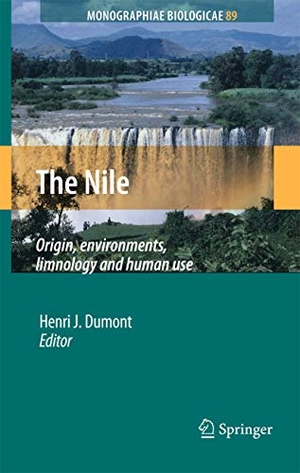Für statistische Zwecke und um bestmögliche Funktionalität zu bieten, speichert diese Website Cookies auf Ihrem Gerät. Das Speichern von Cookies kann in den Browser-Einstellungen deaktiviert werden. Wenn Sie die Website weiter nutzen, stimmen Sie der Verwendung von Cookies zu.
Cookie akzeptieren
The Nile
- Springer Netherlands
- 2016
- Taschenbuch
- 836 Seiten
- ISBN 9789401777209
What have we learnt about the Nile since the mid-1970s, the moment when Julian Rzóska decided that the time had come to publish a comprehensive volume about the biology, and the geological and cultural history of that great river? And what changes have meanwhile occurred in the basin? The human popu- tion has more than doubled, especially in Egypt, but also in East Africa. Locally, industrial development has taken place, and the Aswan High Dam was clearly not the last major infrastructure work that was carried out. More dams have been built, and some water diversions, like the Toshka lakes, have created new expanses of water
Mehr
Weniger
zzgl. Versand
in Kürze